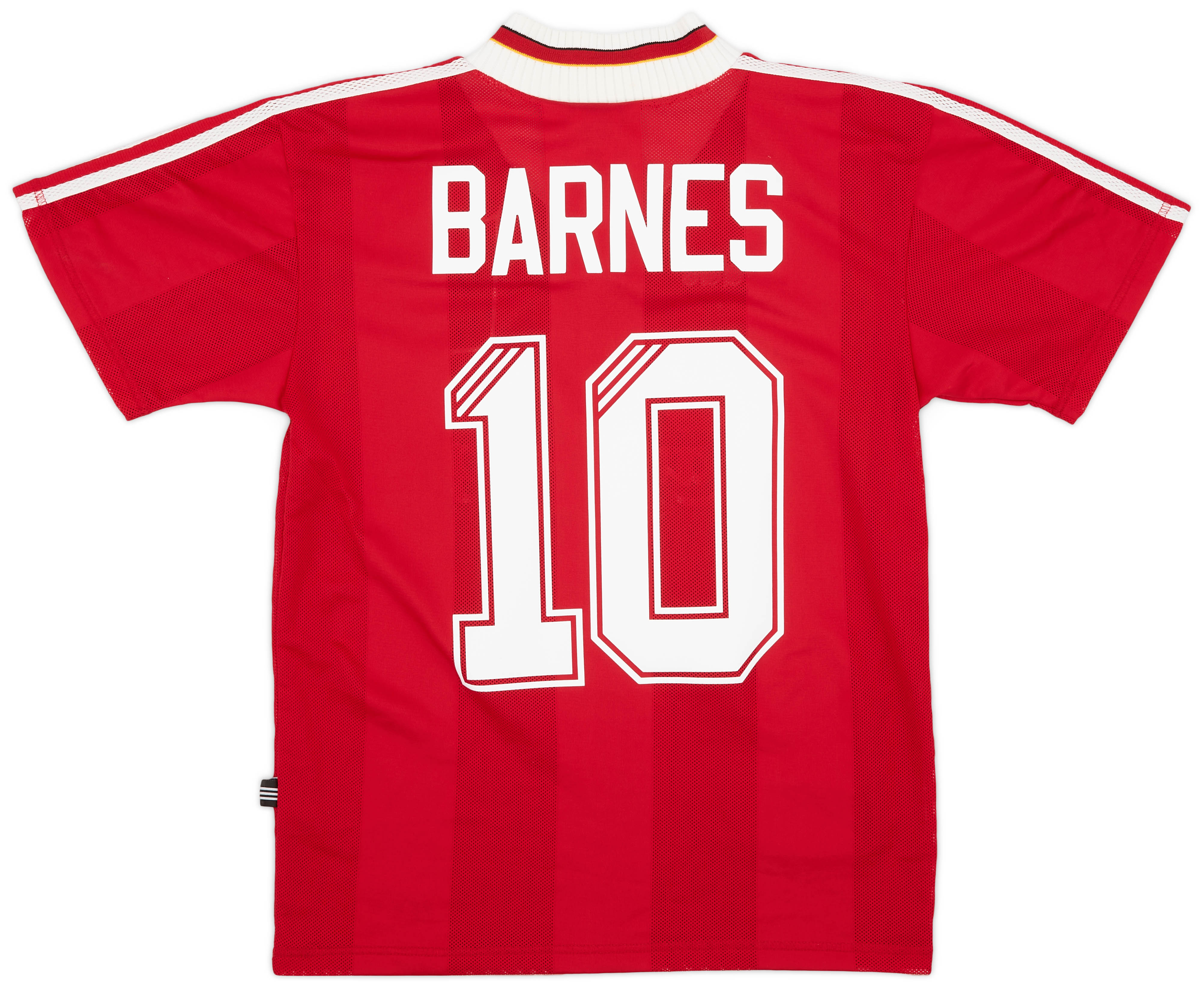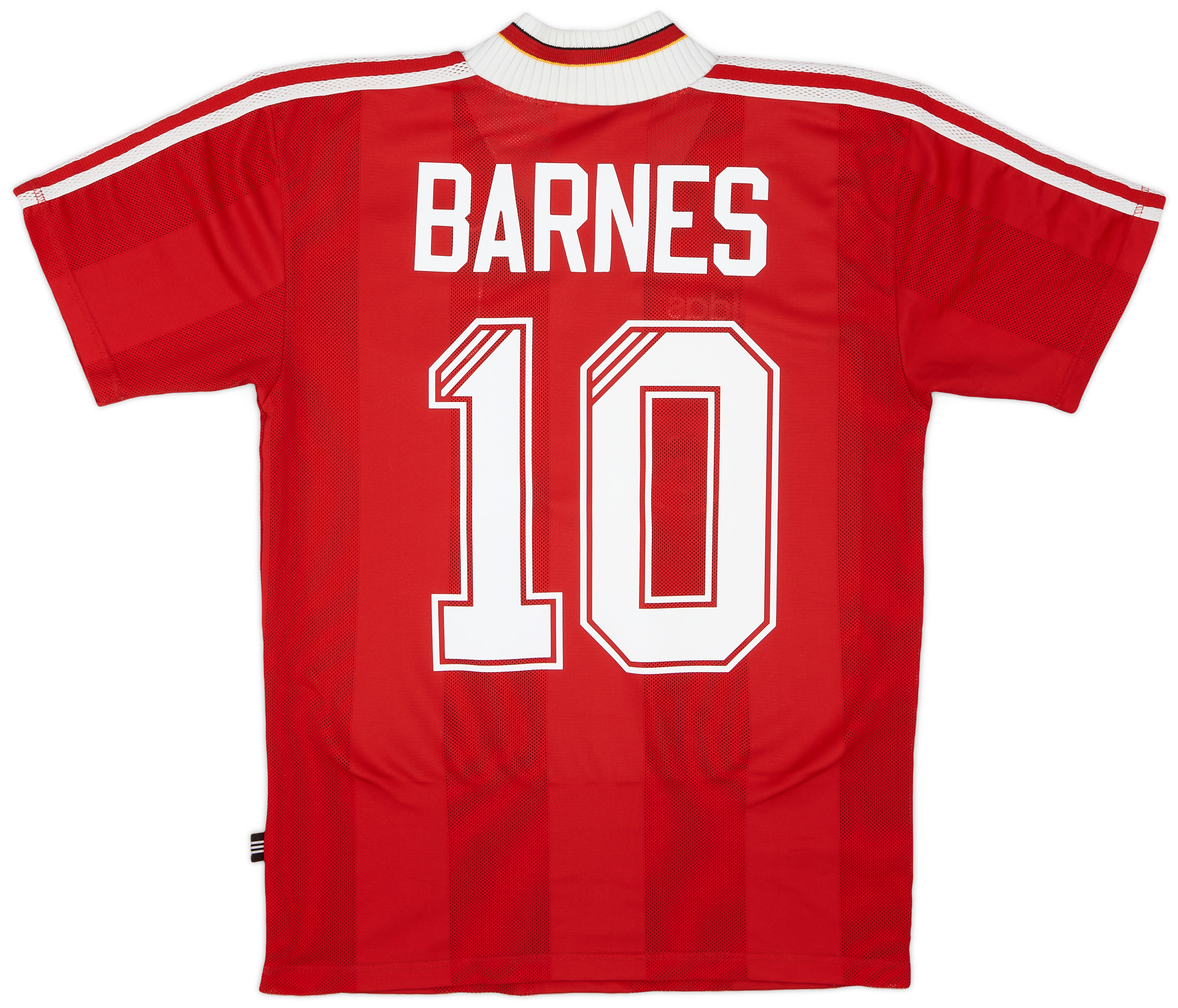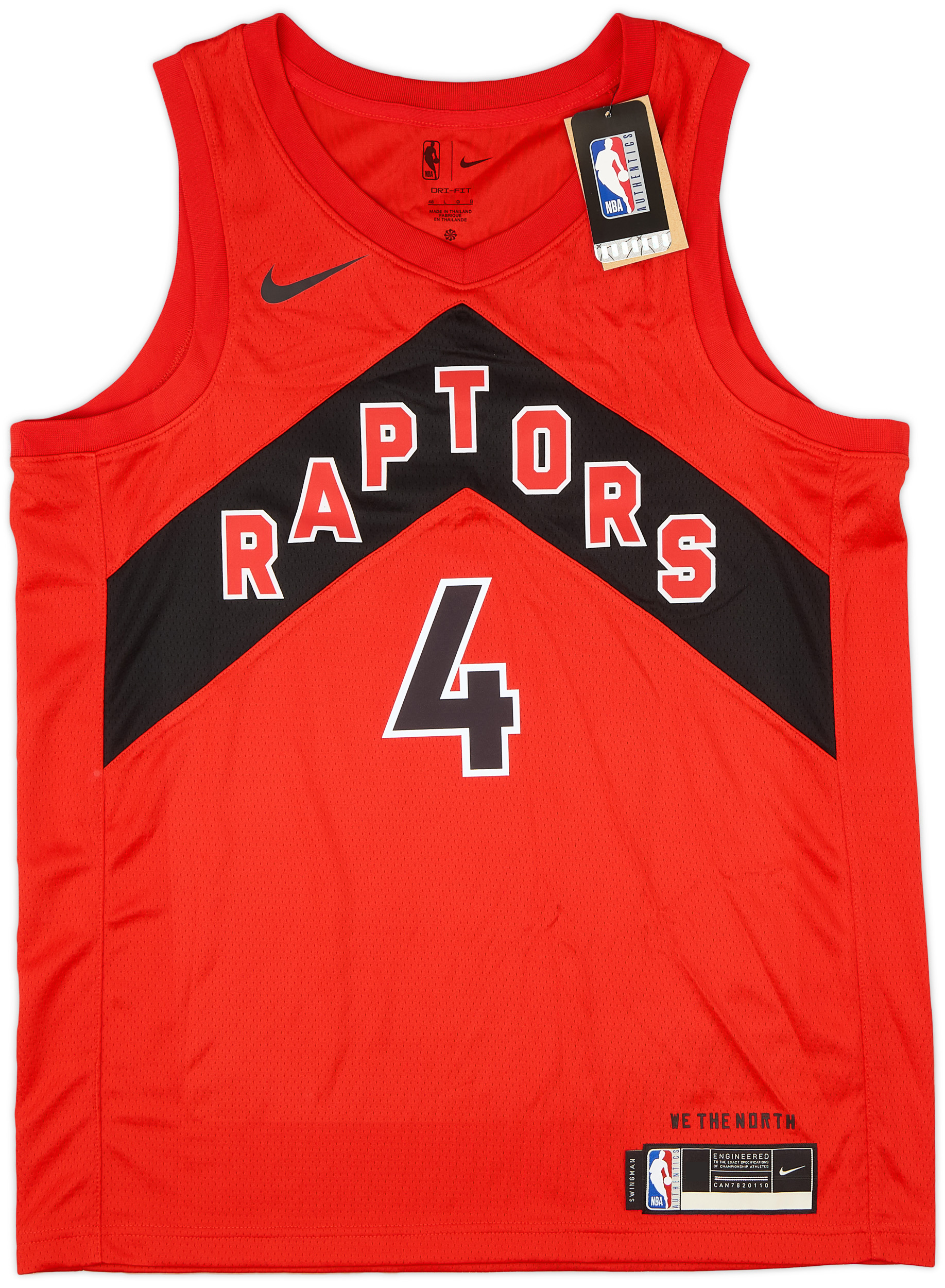John Barnes
Introduction John Barnes is a name synonymous with football excellence in the late 1980s and early 1990s. He wore the iconic Liverpool retro football shirt during his time at the club, a period marked by flair, skill, and unforgettable moments. This article takes a deep dive into Barnes’ career, achievements, and the significance of his […]
1995-96 Liverpool Home Shirt Barnes #10 - 8/10 - (S)
207.99£ - ca: €245
1995-96 Liverpool Home Shirt Barnes #10 - 8/10 - (S)
207.99£ - ca: €245
1995-96 Liverpool Home Shirt Barnes #10 - 6/10 - (S)
177.99£ - ca: €210
1995-96 Liverpool Home Shirt Barnes #10 - 7/10 - (S)
177.99£ - ca: €210
2018-19 Leicester Match Issue Away Shirt Barnes #19
118.99£ - ca: €140
2021-24 Toronto Raptors Barnes #4 Nike Swingman Away Jersey (L)
94.99£ - ca: €112
Introduction
John Barnes is a name synonymous with football excellence in the late 1980s and early 1990s. He wore the iconic Liverpool retro football shirt during his time at the club, a period marked by flair, skill, and unforgettable moments. This article takes a deep dive into Barnes’ career, achievements, and the significance of his retro shirt, capturing a pivotal era in football history.
Player’s Career
John Barnes began his professional career at Watford in 1981, where he quickly made a name for himself by showcasing his impressive dribbling and playmaking skills. In 1987, he transferred to Liverpool FC for £900,000, a record at the time. During his stint with the Reds from 1987 to 1997, Barnes became a crucial player under managers like Kenny Dalglish and Graeme Souness. His ability to cross the ball and execute precise shots contributed immensely to the team’s attacking prowess.
Everyone remembers Barnes for his formidable presence on the field, which helped him secure a place in the Football League First Division Team of the Year multiple times. His illustrious career also included spells on the international stage, becoming a prominent figure for the England national team, where he earned 79 caps and scored 11 goals.
Achievements
During his decade-long association with Liverpool, Barnes achieved remarkable milestones. He was part of a dominant squad that claimed two English league titles, specifically the First Division, in the 1987-88 and 1989-90 seasons. Additionally, he contributed to Liverpool’s success in domestic cups, winning the FA Cup in both 1989 and 1992.
One of the highlights of Barnes’ career was the 1989 FA Cup final against Everton. His remarkable goal and assist delivered Liverpool the trophy. Underlining his greatness, Barnes was named the PFA Players’ Player of the Year in 1988, cementing his status among the best players of his generation.
Notable Moments
Barnes wore the Liverpool shirt in numerous unforgettable games that have etched themselves into the minds of fans. The infamous goal against Brazil in the 1984 Maracanã match, where he dazzled with a solo effort, showcased his incredible talent and flair. In club football, the 4-3 victory over Everton in the 1986 FA Cup semi-final was another moment of brilliance that exemplified Barnes’s skill and determination.
In the 1989 FA Cup final, his assist for Ian Rush solidified Barnes as a clutch player. These moments, where he wore the retro shirt with pride, represent why he holds an esteemed position in the history of Liverpool FC.
Shirt Design and Features
The retro football shirt worn by John Barnes features the classic Liverpool red, accentuated with white and black detailing, making it unmistakable. Its short sleeves and V-neck design represent the fashion of the late 1980s and early 1990s. The shirt often featured the famous Liver Bird emblem, a symbol of the club’s pride and tradition.
One notable design aspect is the unique pattern found on the shirt. The geometric overlays added a modern twist, reflecting the forward-thinking attitude of Liverpool FC at the time. As a piece of memorabilia, this retro shirt encapsulates the spirit of the era, serving both as attire and a fashion statement for players and fans alike.
Fan Significance
The retro Liverpool shirt holds significant meaning for fans. It symbolizes an era of dominance and exceptional football played by Liverpool during the late 1980s. Fans regard John Barnes as one of the club’s all-time greats, and his association with this particular shirt strengthens his legacy.
Collectors seek this shirt for its nostalgic value, while newer generations appreciate the vintage appeal. Moreover, it is a testament to the impression Barnes made on the club, helping to inspire many young players who aspired to replicate his skills and accomplishments.
Conclusion
The retro football shirt worn by John Barnes is more than just an item of clothing; it is a piece of football history. The combination of his talent, achievements, and notable moments while wearing this shirt contributed to both Liverpool FC’s legacy and the evolution of football in England. As fans continue to celebrate the remarkable era of the late 1980s and early 1990s, the image of John Barnes in his iconic red shirt remains a powerful symbol of excellence in the world of football.





